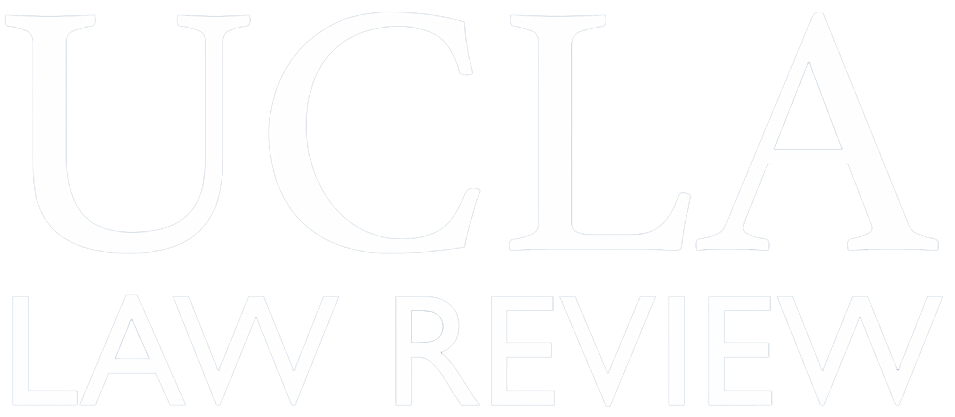Opponents of affirmative action often claim that Asian Americans are injured by affirmative action. This argument is both inaccurate and strategic rather than motivated by real concern for Asian Americans. This Essay explains how Asian Americans in fact benefit from affirmative action. It also exposes the way that framing opposition to affirmative action as concern for Asian Americans serves the...
Why Race Matters in Physics Class
Introduction The following is an excerpt from the transcript of oral argument in Fisher v. University of Texas at Austin,1 argued before the U.S. Supreme Court on December 9, 2015. Gregory G. Garre represented the University of Texas. Chief Justice Roberts: What—what unique—what unique perspective does a minority student bring to a physics class? Mr. Garre: Your Honor— Chief Justice Roberts:...
Lessons From Social Science for Kennedy’s Doctrinal Inquiry in Fisher v. University of Texas II
This Essay considers the lessons social science research brings to the constitutional inquiry in Fisher II, and to Justice Kennedy’s decisive vote in particular. The author summarizes empirical findings demonstrating the harm that further restrictions on the consideration of race in admissions would bring to student body diversity and to institutions’ ability to support the success of all...
The Indignities of Color Blindness
Introduction Imagine an applicant to a public university who is an accomplished pianist, grew up in a rural town in central Texas, and is African American. Each of these aspects of her background has played a formative role in shaping her identity. Now imagine that the university’s admissions office, which is reviewing her application, has been directed not to consider her race or the race of...
Public-Private Divide in Parker State-Action Immunity
The U.S. Supreme Court’s jurisprudence on Parker state-action immunity from federal antitrust laws has remained largely muddled since its inception. The Court recently attempted to bring clarity to the doctrine in North Carolina Board of Dental Examiners v. FTC, holding that state occupational licensing boards with a controlling number of active market participants are subject to the same active...
Defending Criminal(ized) “Aliens” After Padilla: Toward a More Holistic Public Immigration Defense in the Era Of Crimmigration
The unprecedented U.S. system of mass incarceration and the intensifying merging of criminal and immigration law have devastated individuals, families, and entire communities, especially poor communities of color. Noncitizens who come into contact with the criminal justice system are too often stripped of even the slightest chance of reintegration; returning home means removal to their countries...
Insider Trading and Market Structure
This Article argues that the emergence of algorithmic trading raises a significant challenge for the law and policy of insider trading. It shows that securities markets are dominated by a cohort of “structural insiders,” namely a set of traders able to utilize close physical and informational access to trade at speeds measured in milliseconds and microseconds, a practice loosely termed high...
Protecting Disfavored Minorities: Toward Institutional Realism
Constitutional theorists in the United States once believed courts could protect politically disfavored minorities from the excesses of democracy. Eventually, many lost faith in constitutional reform through litigation, as they saw courts fail to effectively implement rights protections. Given the judiciary’s institutional limitations, it appeared the only reliable way to secure constitutional...
